***SPOILER WARNING***
Since The X-Files last screened on TV some 14 years ago, much has changed in the small screen landscape. For one, broadcast resolution is higher and audiences are perhaps more immersed in cinematic-like episodic TV. Now, Chris Carter’s ground breaking alien sci-fi series has just completed a new tenth season and with came some new, and not so new, approaches to making the show. This included the visual effects, which had to walk the line between taking advantage of the multitude of advancements in CG and compositing since the last series and remaining true to the visuals people remembered.
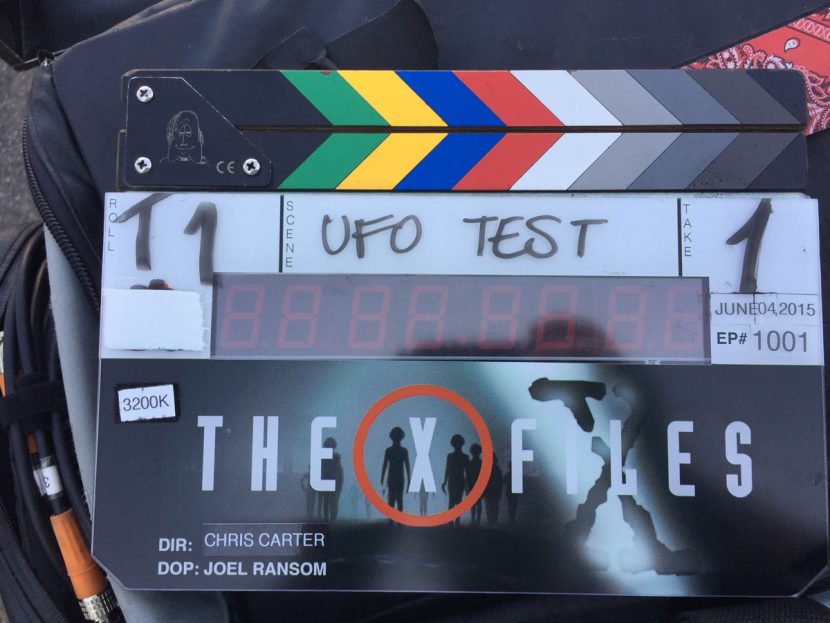
“It wasn’t so much a conscious decision to throw back to the 1990s version of the show in terms of the VFX,” says visual effects supervisor William Powloski, “but many of the producers from this season were from the original series. They definitely have a style that carries over.”
“In the original series they liked hiding things a little in the shadows and they liked to do things practically,” adds Powloski. “We wanted to do the same thing in this series. They weren’t shying away from visual effects, but the first order was, let’s see what we can do in-camera and if it became too complex or expensive to shoot practically then they would use visual effects.”
So how did this new series, in which Mulder (David Duchovny) and Scully (Gillian Anderson) return to the FBI to investigate paranormal activities, maintain that look and feel from the original show? Well, it started with several practical builds for sets and locations, a way to immerse the actors and crew back into the X-Files universe.
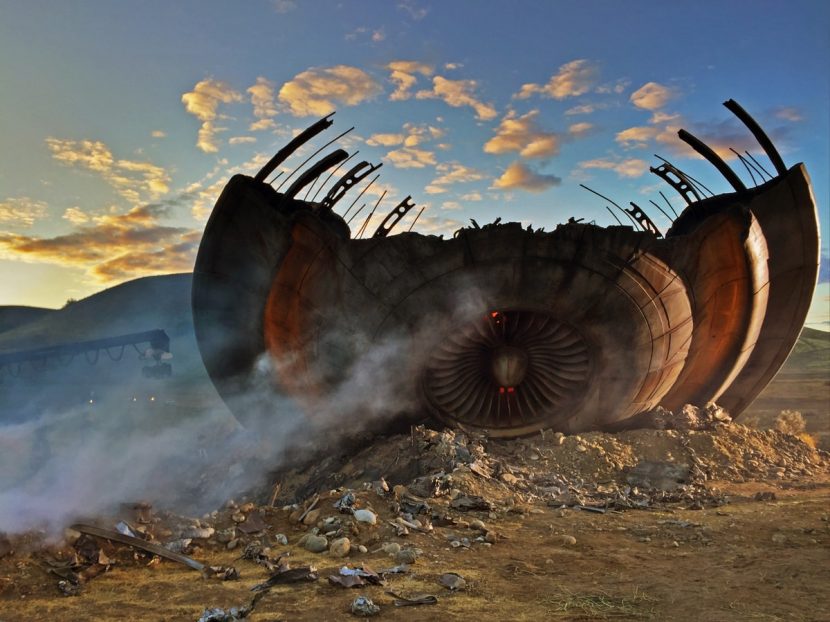
The first of these practical creations was a crashed Roswell UFO seen in a flashback sequence in the first episode, ‘My Struggle’, which reveals how alien technology and aliens themselves came to be part of government experiments. We see the saucer-shaped craft fly down from the sky before it crashes hard into the ground. Later, officials mill about the downed ship which was a full-scale art department build.
“Originally,” explains Powloski, “they were only going to build half the UFO, but they ended up making it full scale. What that gave was the actors something to react to. I like mixing the practical with CG so it isn’t all fake. Having something practical there with the light interaction and the atmosphere was important.”
The 50 foot diameter practical saucer was filmed in Ashcroft, British Columbia, about four hours from where most shooting took place in Vancouver. At the same location, production dug a 1000 foot long trench filled with debris that would represent the UFO’s crash landing area.
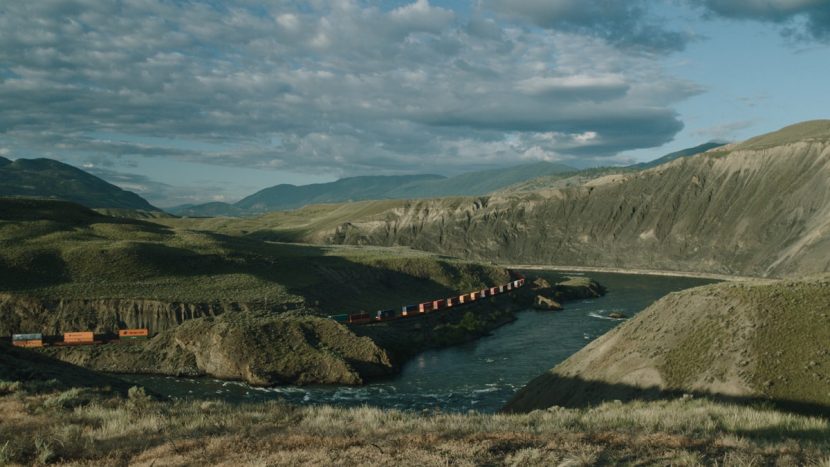
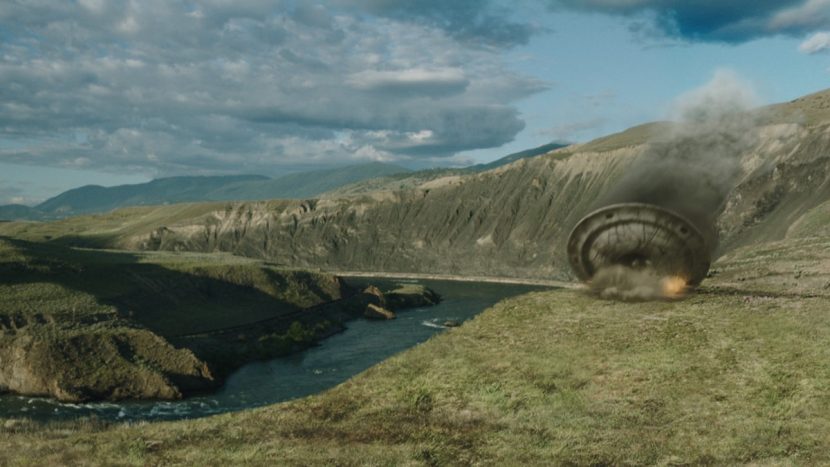
“Chris used that area that had been built to design the camera move,” says Powloski. “He wanted it to be in a single shot – he wanted the camera to be at the end of the trench and then we’d pan onto the crashed UFO. While we were in the process of shooting the plates, we would have practical mortar and fire explosions going off. We would pan from an empty sky, onto the shot with practical explosions and end up on the UFO, which would be revealed by the practical smoke and debris falling down to show the backlit saucer.”
Powloski shot HDRIs and texture reference of the location saucer which were used, by Image Engine, to reverse engineer a matching digital model to fly in and crash. “The artists calculated the impact speed at 1400 km/h!,” says Powloski. “The debris simulations were based on that. Even though we were building things digitally, they still wanted it to be based on reality, in this case just the physics of what it would take to crash.”
That introduction to the X-Files universe proved to be a significant one for Powloski as visual effects supervisor. “After the first week of shooting I was standing there in the sunset with Chris Carter in the shadow of the UFO, and we just couldn’t believe they were allowing us to do this – build a huge spaceship and make one crash. This is what you get in the business for, to play around with giant UFOs crashing in the desert.”
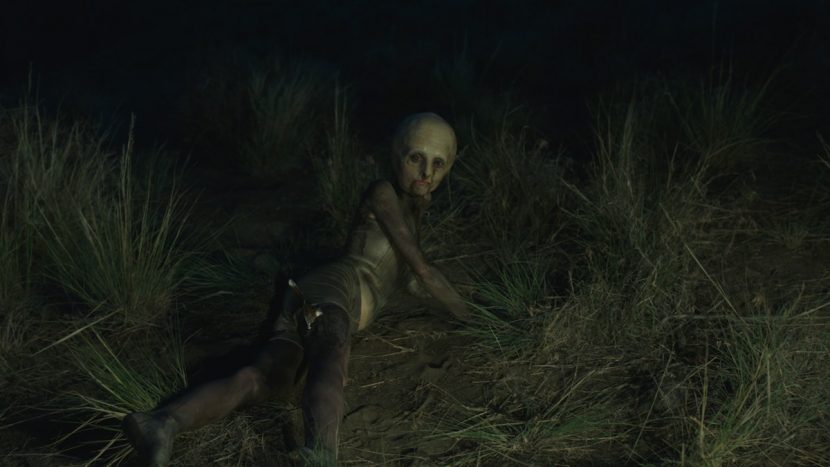
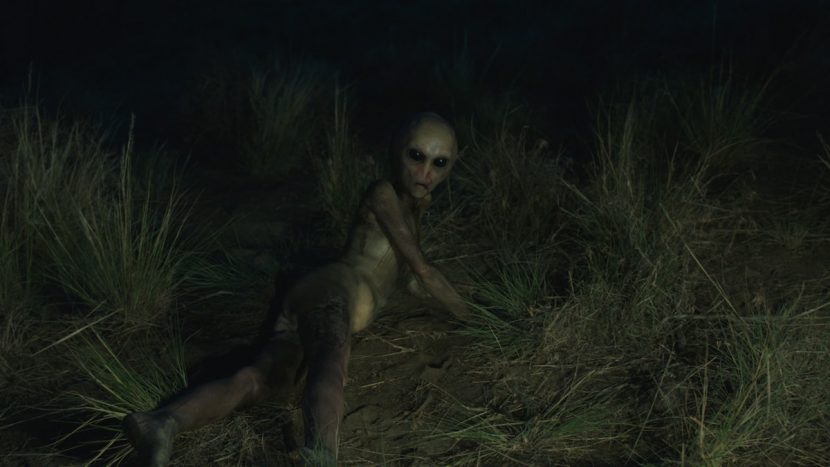
An alien that emerges from the crashed UFO also followed the desire to build as many things practically as possible. A head and body sculpt was carried out and the alien performed by an actress on location. However, once in post production, Carter determined that the alien should be a more traditional ‘gray’ extra-terrestrial with larger eyes and head. Image Engine handled the necessary digital augmentations with what was essentially a full head replacement.
“It also had to hold up in wide and close-up shots of the alien on the operating table,” notes Powloski. “A lot of care was given by the artists at Image Engine to give it a sub-surface scattering effect underneath the skin to make it feel real as opposed to a rubberized version. Again, they wanted those two to blend so they used the practical photography as something to shoot for in terms of the lighting and the texturing and coloring of the alien.”
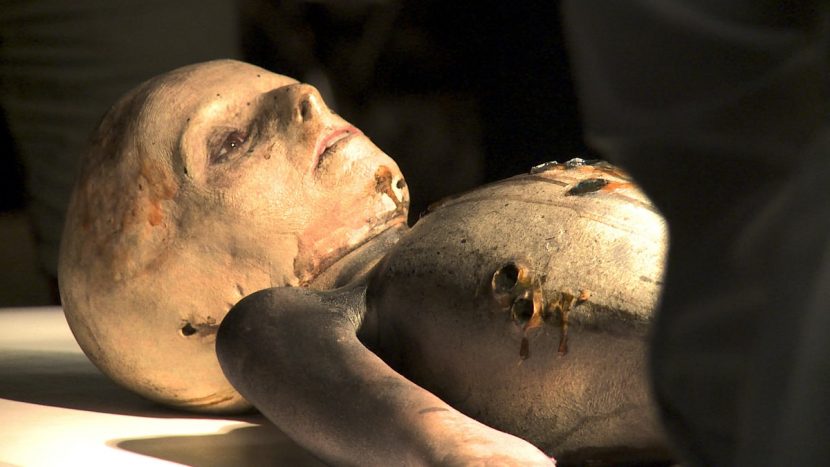
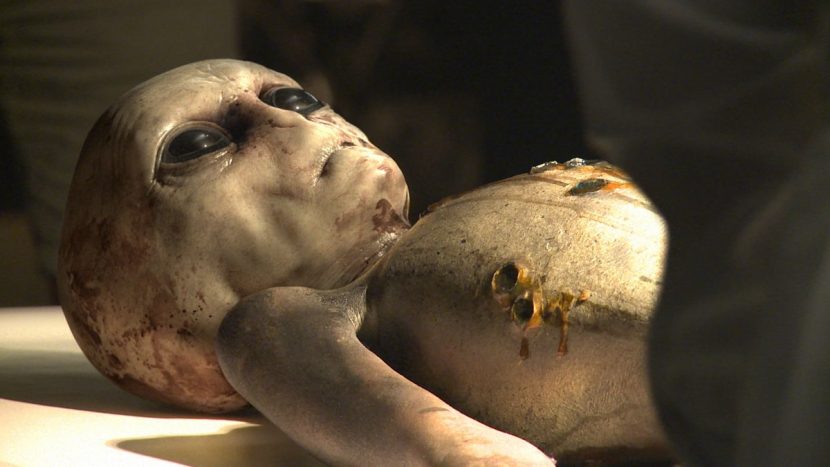
Even slightly more futuristic effects – the triangular alien saucer and the similar looking Alien Replica Vehicle (ARV) – had their roots in the original series, as Powloski describes. “We were doing sketches of these vehicles and Chris would say maybe make it like this and make it like that. Eventually we realized he was basically taking us back to the original vehicles in the show. It echoed the original artistic sense.”
Mulder first spots the ARV in a faraday cage, again a practical build that was enhanced with wire removals and an extension to make it appear to levitate. Visual effects also enable two shots where the ARV jumps into some kind of dimension shift. Later, a saucer attacks Sveta, an alien abductee, above her car. This was a digital UFO made by Image Engine that was integrated into live action photography.
“On set we had a light rig above the actor to give them some interactive light,” states Powloski. “But because of the locations we were shooting in, we couldn’t really control the wind and get the volumetric look you would normally associate with UFOs. The light we had there was to help ground the effect physically, by helping to have the actor interact with light and all the light bounce you get off the car and the ground, and also giving the actor something they could look up towards.” Image Engine added in the volumetrics plus a triple-layered scanning light that appears down the middle of the beam.
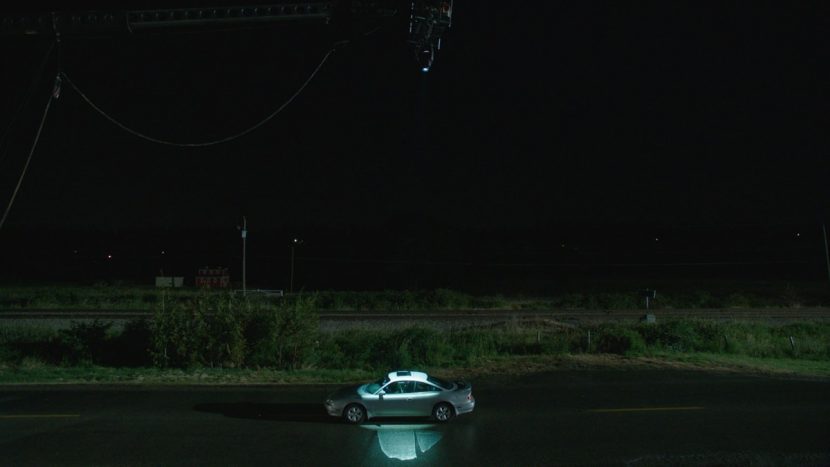
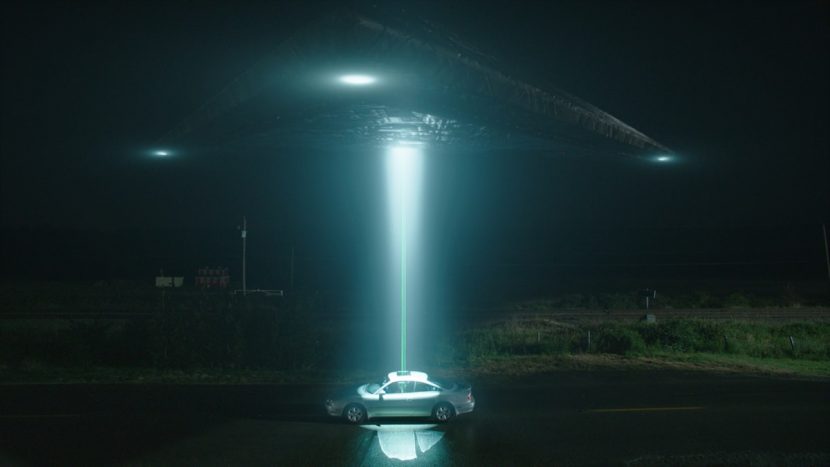
The X-Files is renowned for its unique mix of ‘conspiracy’ and’ monster of the week’ episodes, which this new series readily adopted as well as using make-up and digital effects that remained true to the original series. In episode three, ‘Mulder and Scully Meet the Were-Monster’, this was taken to an even greater level when director Darin Morgan looked to hark back to the Universal horror films from the 1930s and 40s for the creature that Scully and Mulder would encounter.
Actor Rhys Darby played the Were-Monster who emerges one night from the forest and transforms from creature to human. Darby’s transformations were achieved with make-up appliances that were originally designed to emulate the Lon Chaney Jr. Wolf Man transitions.
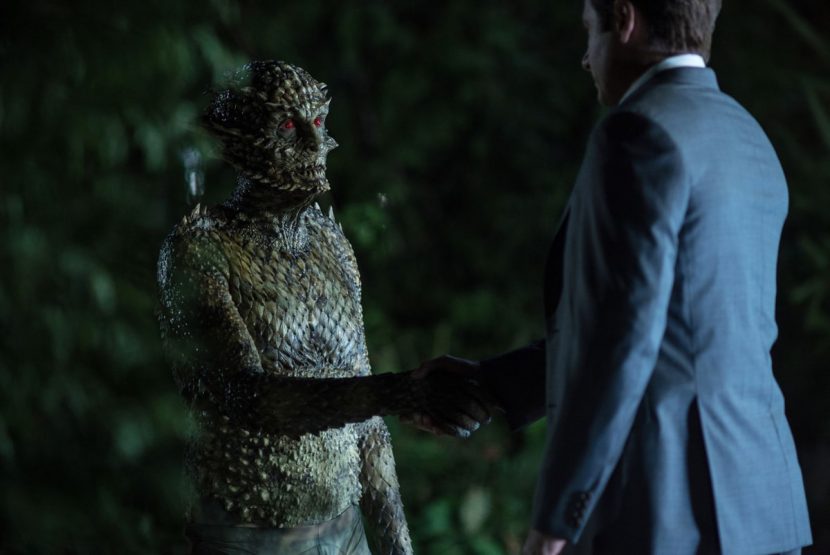
“At that time the transformations were photographed in stages,” explains Powloski. “So the actor would have no make-up, they would run a few frames, then put make-up on him, put him back in the scene with a little bit more advanced make-up and keep doing it over and over again, with his head locked in position, with basically a dissolve between stages.”
“We tried to replicate the look of that, but it ended up taking too much screen time. So even though we ultimately did a morph, which was done by Image Engine, the actor was basically locked in the same position as if he had been in the Wolf Man. We played around a little bit by having his moustache wipe on a different stage than everything else. We consciously tried not to make it look too smooth or technical the way other morphs might be done.”
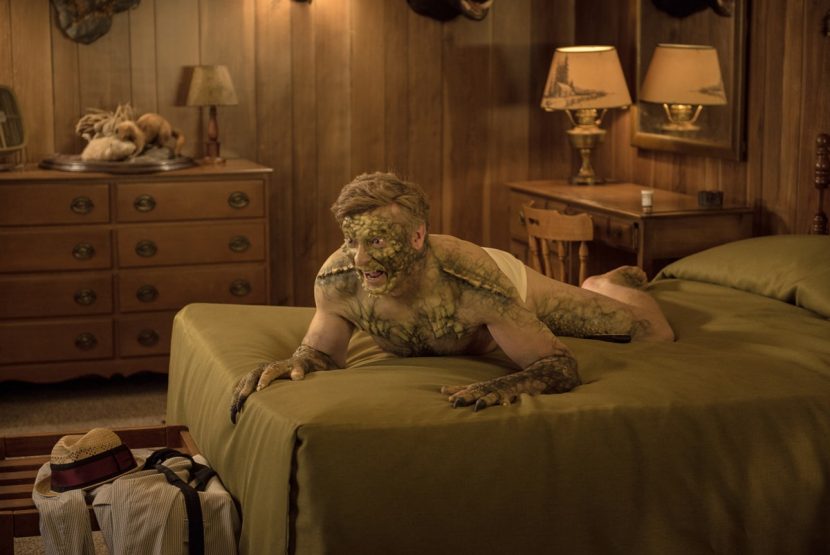
In that same episode, establishing views of a full moon also paid homage to old-school Universal horror movies. Powloski had a hand in directly making the moon appear oversized in the frame. “Darin told me he wanted a big moon. I sketched it up for the artist and when other people would see it they would say oh it looks fake, the moon looks too big, the scale is too big. Darin ended up loving it because it had that exaggerated feel that he wanted for the episode.”
In the fourth episode, ‘Home Again’, Scully and Mulder encounter the Trash Man, a disgusting creature capable of ripping people’s limbs off. “He has a cloud of flies around him to indicate how disgusting he is which Psyop did digitally,” says Powloski. “They also did digital snot. Artists get excited about working on digital snot – they love it. And worms in snot.”
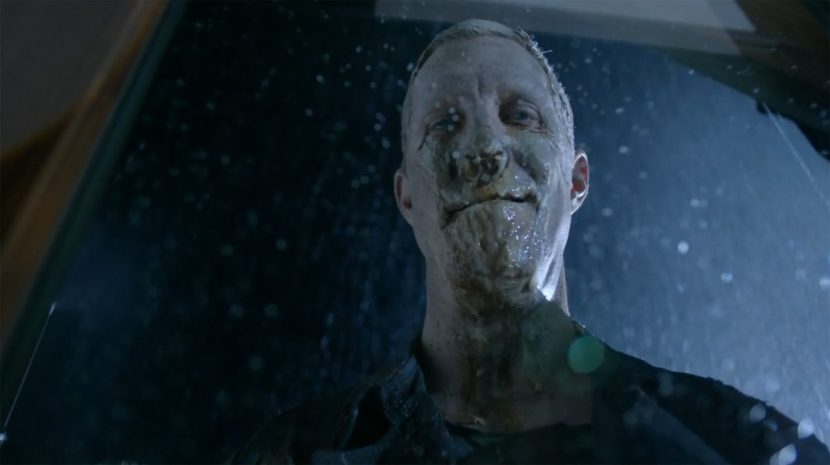
“Scully and Mulder get to the location looking for the Trash Man,” describes Powloski. “They go into the catacombs and they see a figure walking down the hallway. The figure walks away and dissolves into the background. We shot something practically and rotoscoped them and changed the texture just to make it feel a little more creepy than what we were able to achieve practically.”
The end of season ten’s fifth episode, ‘Babylon’, is marked by a cosmic pullback from Scully and Mulder – check out these progression of images from the sequence.
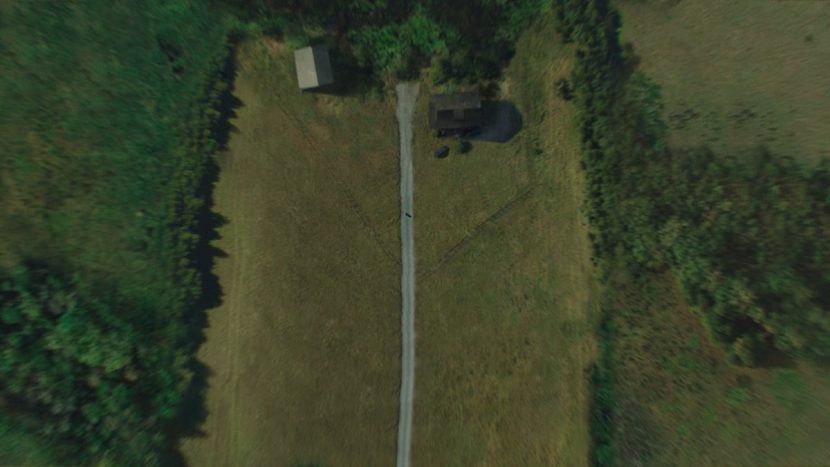
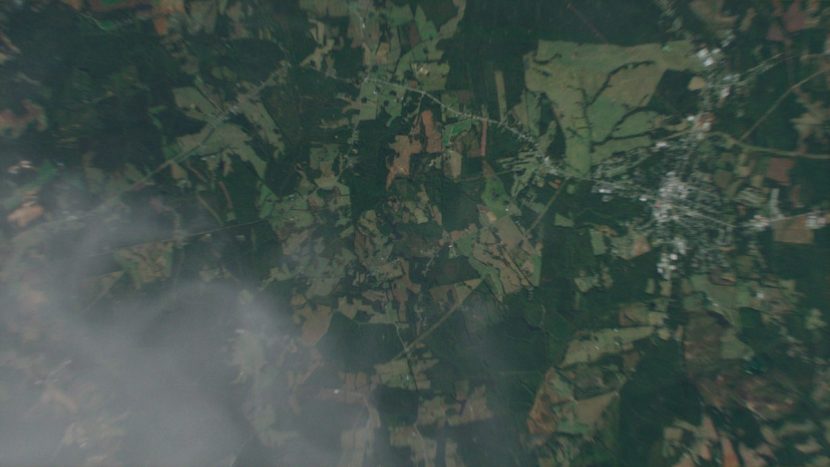
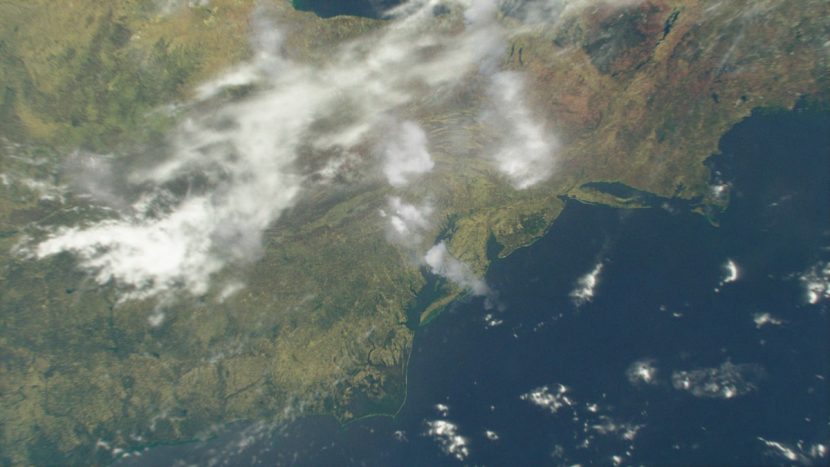
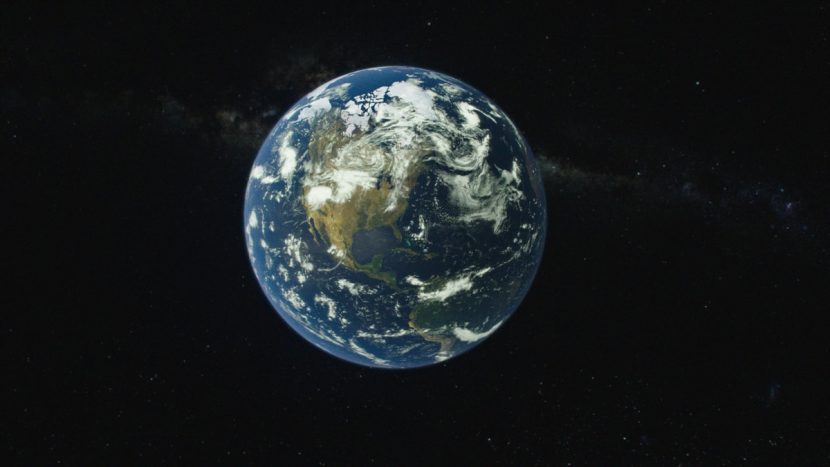
The concluding episode of season ten, ‘My Struggle II’ – a conspiracy episode – ramps up the visual effects count, while still relying on practical on-set photography, make-up effects and practical special effects. For example, Cigarette Smoking Man (William B. Davis) is revealed to have a massive facial wound on account of his experience in the previous series. Davis was filmed with a partial appliance and then digitally augmented by Velocity Visuals. “Originally you could see more parts of his skull and further into his head,” says Powloski, “but I think they thought it took away from the actor’s performance. We ended up scaling it back quite a bit so there was this cavity underneath this eye socket and the nose was missing. The idea was to give him this horrific look but not too cartoonish.”
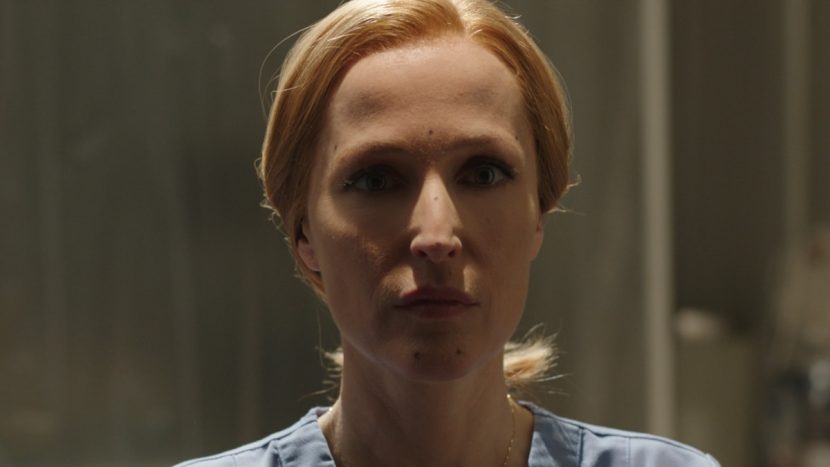
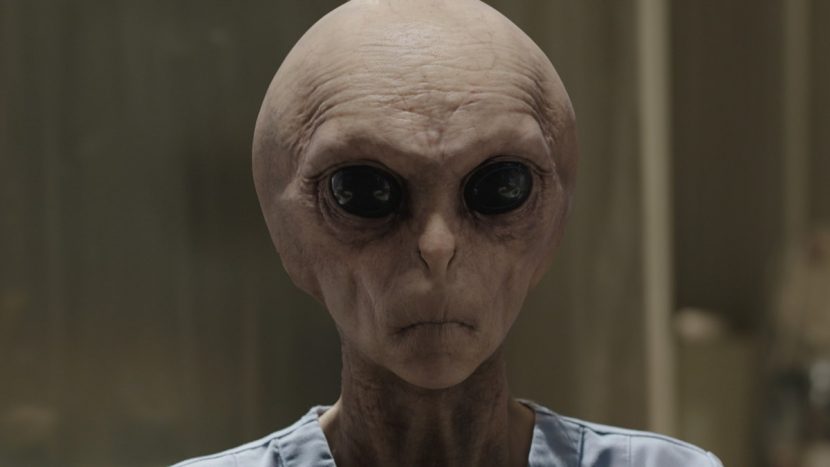
Where visual effects came in most handy, in particular, was broadening the scope of the episode, especially in the show’s cityscapes. Although filmed in Vancouver, much of the action takes place in Washington D.C. The final sequence shows Scully looking to flee alongside agent ** on a bridge clogged with cars escaping a wave of sudden disease.
“They wanted to have a setting that the lead characters couldn’t easily escape so the idea was they would be on a bridge while they were leaving D.C,” outlines Powloski. “So we thought, what part of D.C. would have bridges like this and what monuments can we see from those locations. We found one bridge in D.C. that looked onto the back of the Jefferson Memorial and looked towards the Washington monument. And then we had the viaduct in Vancouver that we could shut down for an evening. We shot it with our cameras and a drone to get these high angle shots on the bridge.”
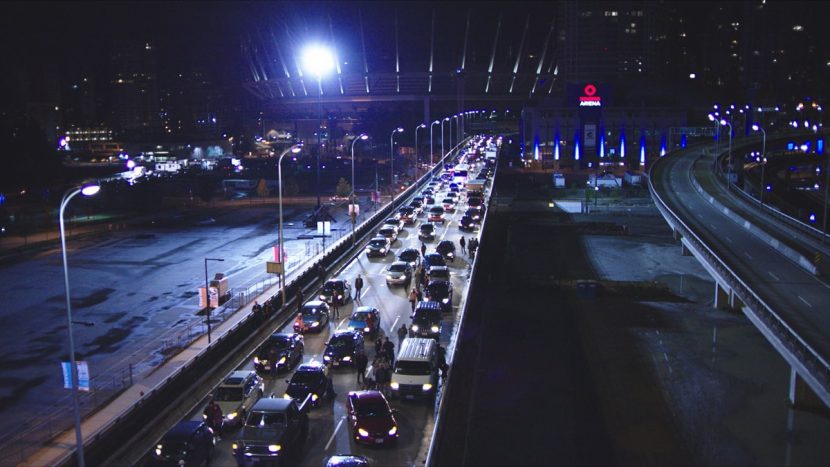
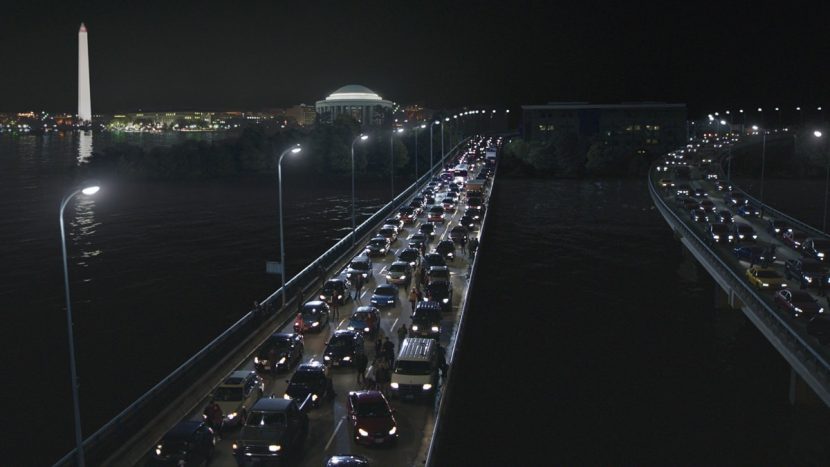
Image Engine then worked background matte paintings by Velocity into the plates and added 3D sims for the water and foreground elements tracked into the drone plates. The studio also added the imminent arrival of a triangular aircraft and its familiar light and tracking beams.
Ultimately, several visual effects studios would contribute to season ten, among them Image Engine, Psyop, Velocity Visuals, CVD FX, Enigma FX and Entity FX (which had been the principal vendor on the original series). “It was a real honor to work on a legacy project like this one,” says Powloski. “The idea wasn’t to reinvent the wheel for the new season, it was to honor how it was done before.”
All images from The X-Files are copyright 2016 20th Century Fox Television.
